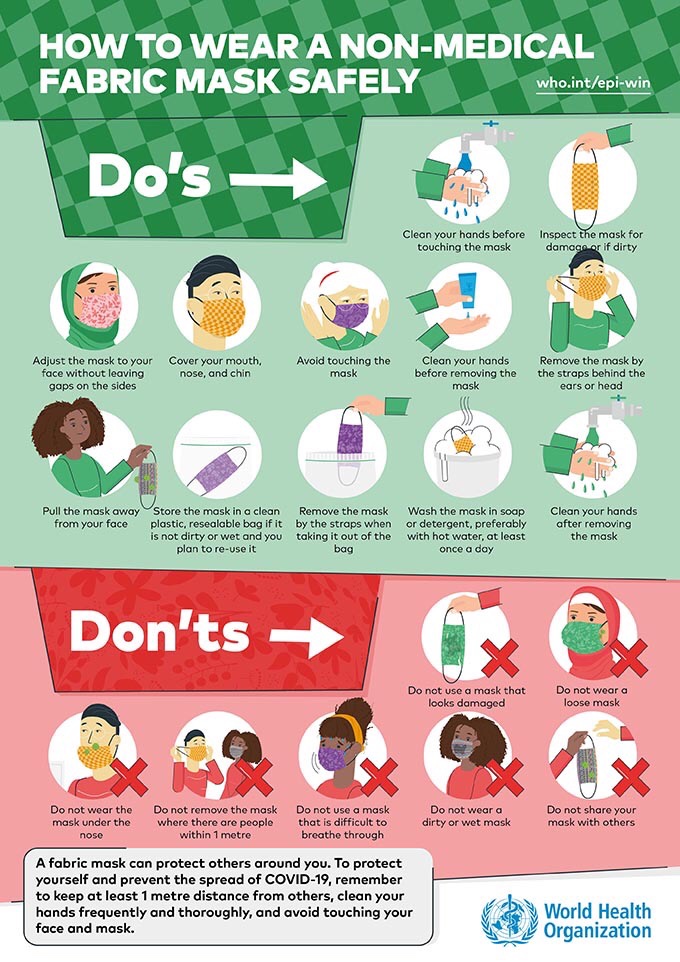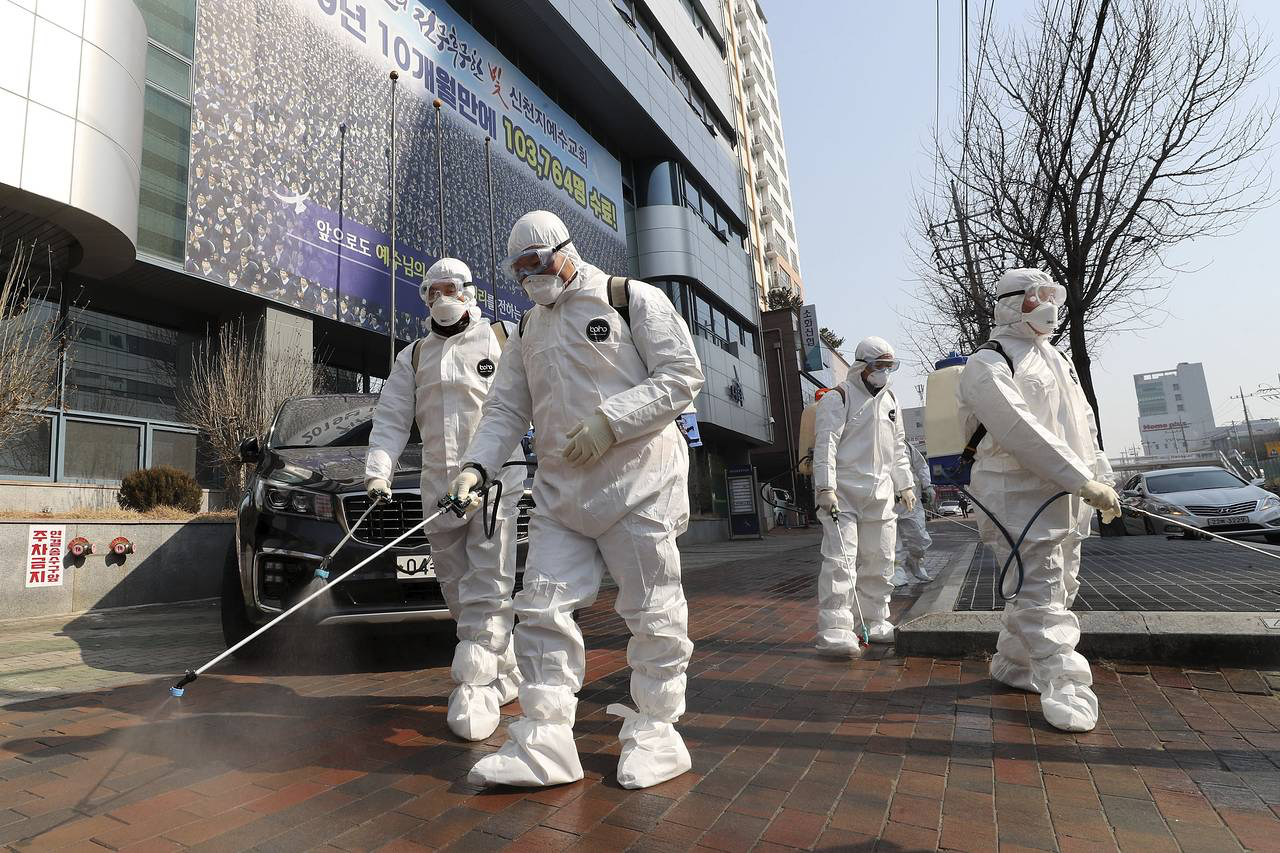
Jamie Seidel: News Corp Australia Network
The rule of three has become something akin to a social law of gravity — as if the number is behind everything.
Three groups of experimentalists have independently observed a strange state of matter that forms from three particles of any type and at any scale, from practically infinitesimal to infinite.
Forget pairs. They’re old pat. And 42? We still don’t know the question.

Comedians insist three is the best pattern to exploit perceptions and deliver punchlines; three features prominently in titles, such as The Three Little Pigs, Three Musketeers, Goldilocks and the Three Bears; even the Romans believed three was the ultimate number: “Omne trium perfectum” was their mantra — everything that comes in threes is perfect.
Now, it seems Mother Nature may also think in threes. Especially at the very edge of physics — quantum mechanics.
A Soviet nuclear physicist first proposed the idea back in the 1970s — and was met with derision.
For 45 years number-crunchers around the world have been attempting to topple Vitaly Efimov’s idea and prove his equations wrong.

They’ve failed; and his “outlandish” theory is now on the point of being proven.
Most importantly, Efimov felt that sets of three particles could arrange themselves in an infinite, layered pattern. What form these layers take helps determine the makeup of matter itself.
Jump forward four decades, and technological advances now allow his groups of three quantum particles to be studied and manipulated.
The quantum condition — now known as Efimov’s state — is visible only under supremely cold conditions. Matter, when chilled to a few billionths of a degree above Absolute Zero, does strange things …
If you want the technical details, read Quanta Magazine’s article which examines the recent research papers.
Continue reading Physics has a law that explains everything. And it’s brought to you by the number three































